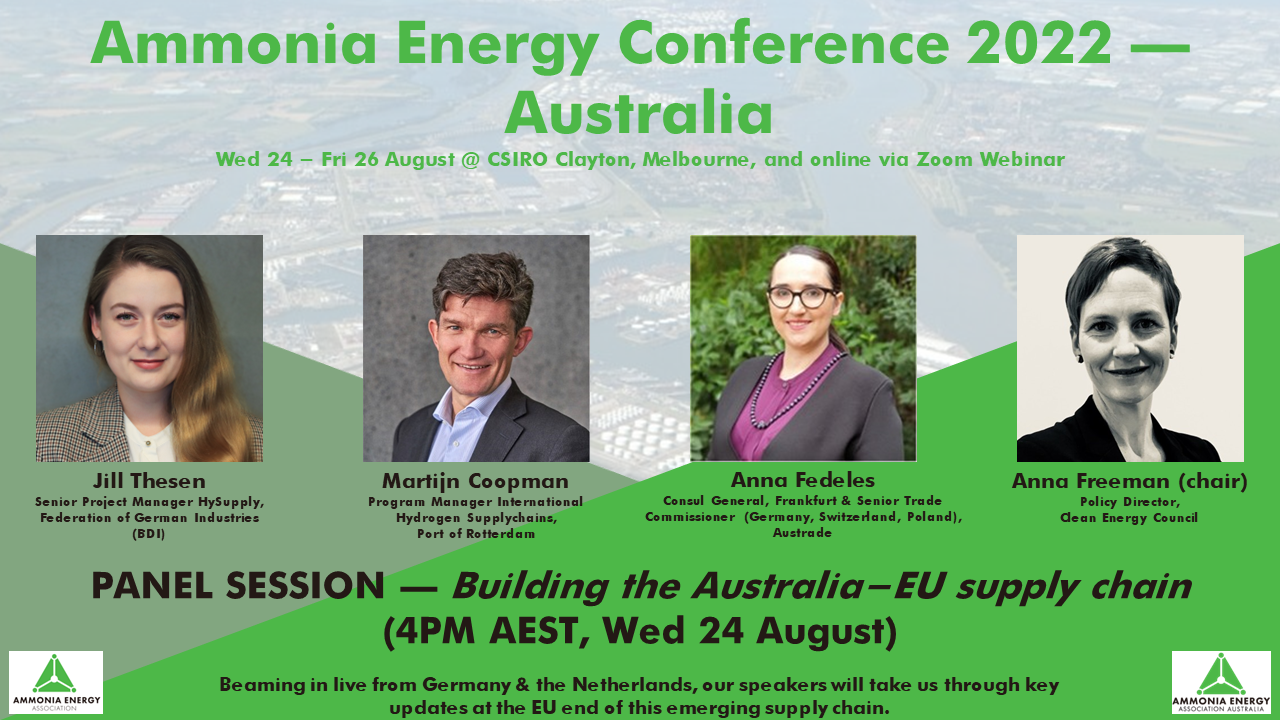Making net-zero ammonia possible: new transition strategy for the industry
Mission Possible Partnership has launched a new transition strategy for the global ammonia sector. Endorsed by a series of key ammonia energy players from across the supply chain, Making net-zero ammonia possible sets out a series of levers, mechanisms and priorities for the coming decade to ensure the ammonia sector achieves a 50% emissions reduction target by the mid 2030s, before almost fully decarbonising by 2050.









